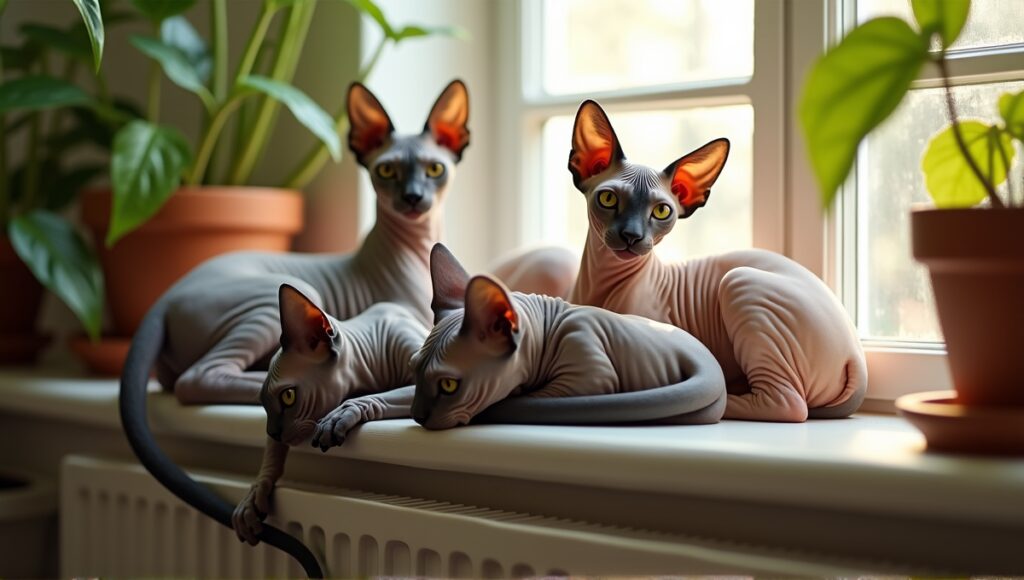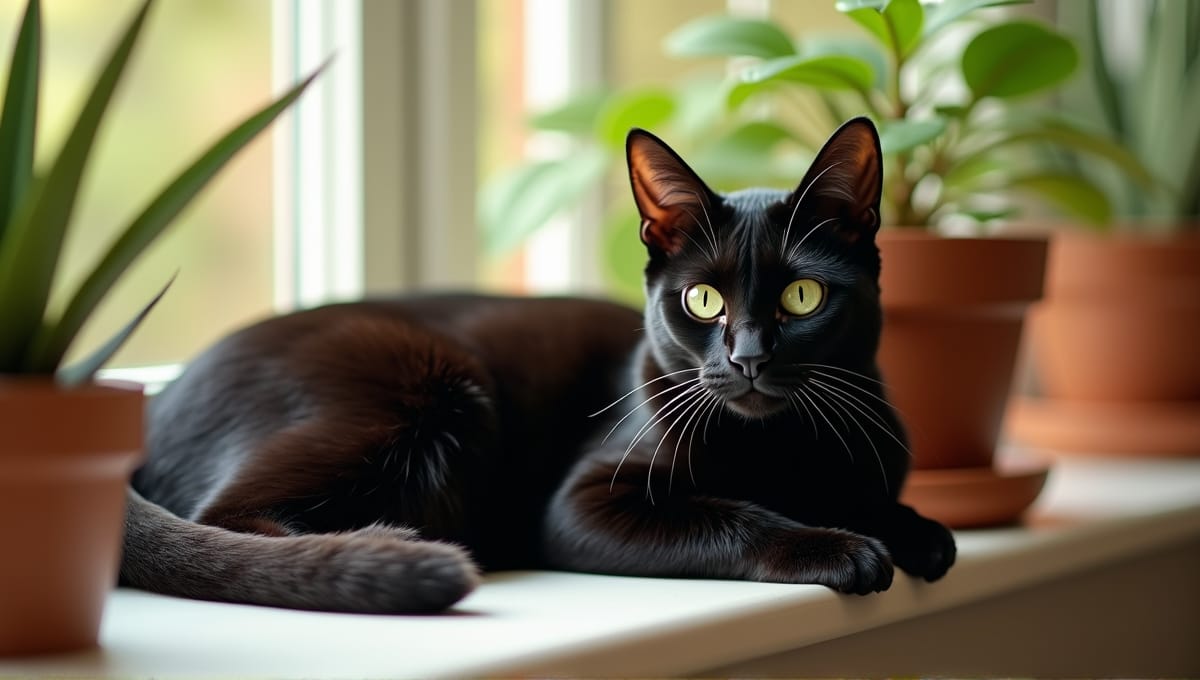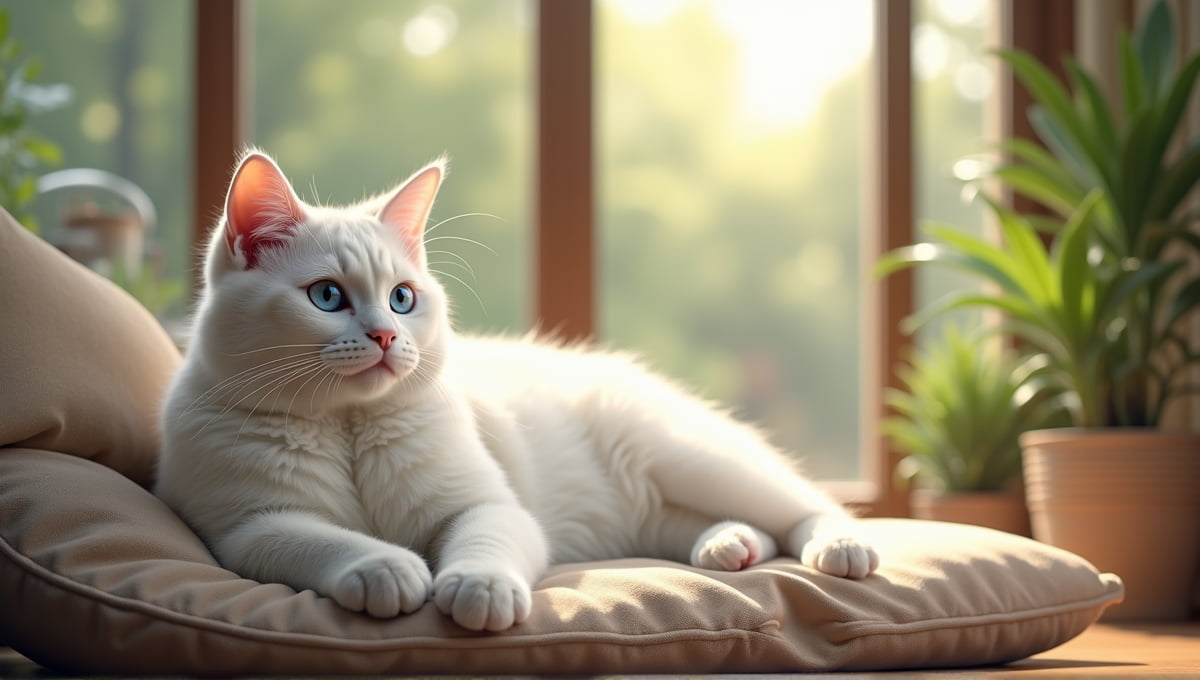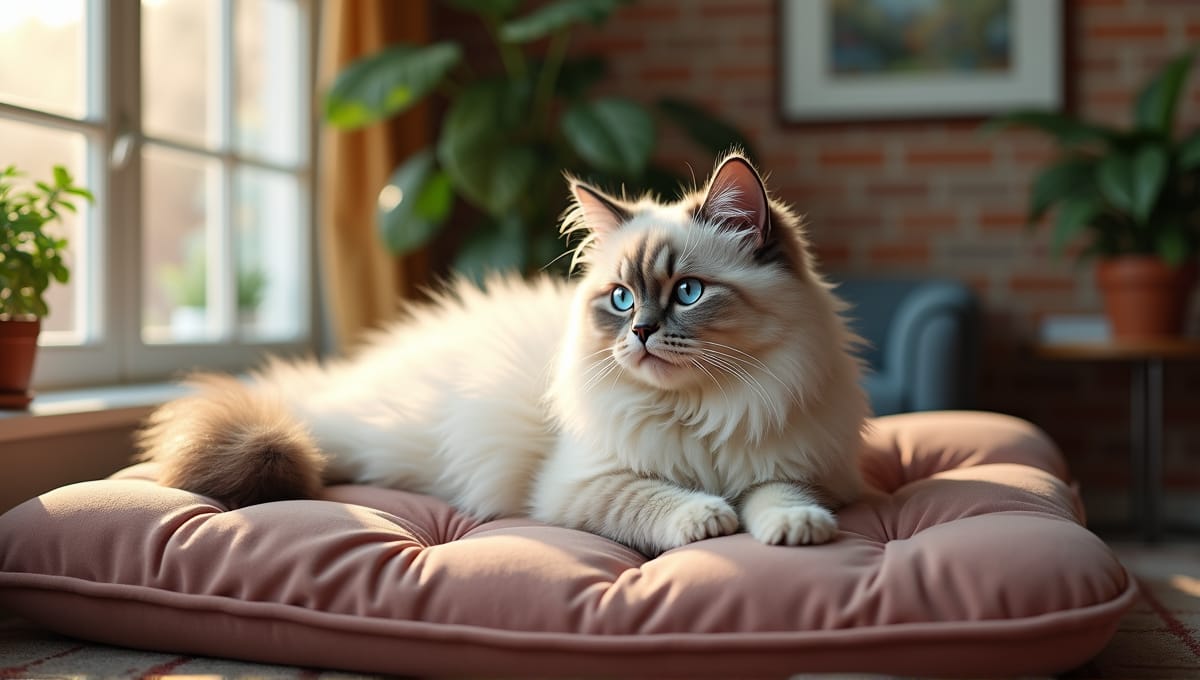Sphynx cats are available in a variety of colors and patterns. I’ve researched these special cats for many years, and their skin pigmentation is truly intriguing. They’re most commonly found in solid colors, including white, black, blue, red, and cream. You’ll also find tabby patterns, pointed colors, and even calico patterns. So, let’s discuss the most common Sphynx cat colors.
Understanding Sphynx Cat Colors and Patterns
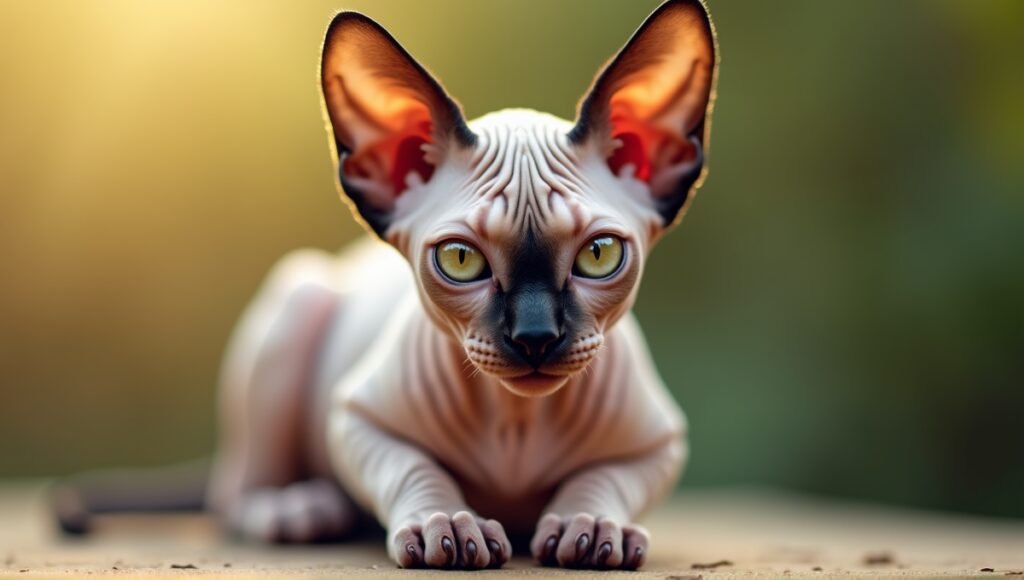
Sphynx cats are primarily known for their distinct hairless appearance, but they actually come in various colors and patterns. I’ve encountered countless Sphynx cats over the years while working at a specialty pet store, and it’s interesting to see the variation in their coloration.
The color of a Sphynx cat is dictated by genetics. The genes that determine the color of a cat’s fur are still at play, even if the cat doesn’t have any fur. As a result, Sphynx cats can come in a wide range of colors and patterns.
Common categorizations of Sphynx cat colors in breed standards include:
- Solid colors
- Tabby patterns
- Pointed colors
- Tortoiseshell and calico variations
One intriguing thing about Sphynx cat colors is that they can change as a cat matures. I’ve even seen a kitten change colors as it develops into an adult. Additionally, the pigmentation of a Sphynx cat may change based on the temperature.
Common Sphynx Cat Colors
In my experience with Sphynx cats, the most common colors I’ve seen are:
Solid colors:
- White
- Black
- Blue (which is a dilute version of black)
- Red
- Cream (a dilute version of red)
Tabby patterns are also quite common. These include:
- Classic tabby (swirled pattern)
- Mackerel tabby (striped pattern)
- Spotted tabby
Another common color pattern is pointed, similar to that of a Siamese cat. These Sphynx cats have darker extremities (ears, nose, paws, and tail).
Tortoiseshell and calico Sphynx cats are striking. They feature a mix of colors including:
- Black
- Red
- White (in calicos)
A fun fact about calico Sphynx cats: 99.9% of them are female due to the genetic relationship between the calico pattern and the X chromosome.
Unique and Rare Sphynx Cat Colors
During my time at the pet store, I’ve been lucky enough to observe some really unique Sphynx cat colors.
Bicolor and particolor Sphynx cats are slightly less common and absolutely beautiful cats with patches of different colors on their skin.
Mink and sepia colors are even less common.
Mink Sphynx cats have a softer contrast between their body color and their points when compared to a pointed cat.
Sepias have an even softer contrast.
- Odd color combos are usually the result of certain genetic factors.
Here’s a table outlining some uncommon color combos and their genetic rarity:
| Color Combo | Genetic Rarity |
|---|---|
| Lilac Point | Very rare |
| Cinnamon | Rare |
| Fawn | Very rare |
| Chocolate | Uncommon |
Color-Related Features in Sphynx Cats
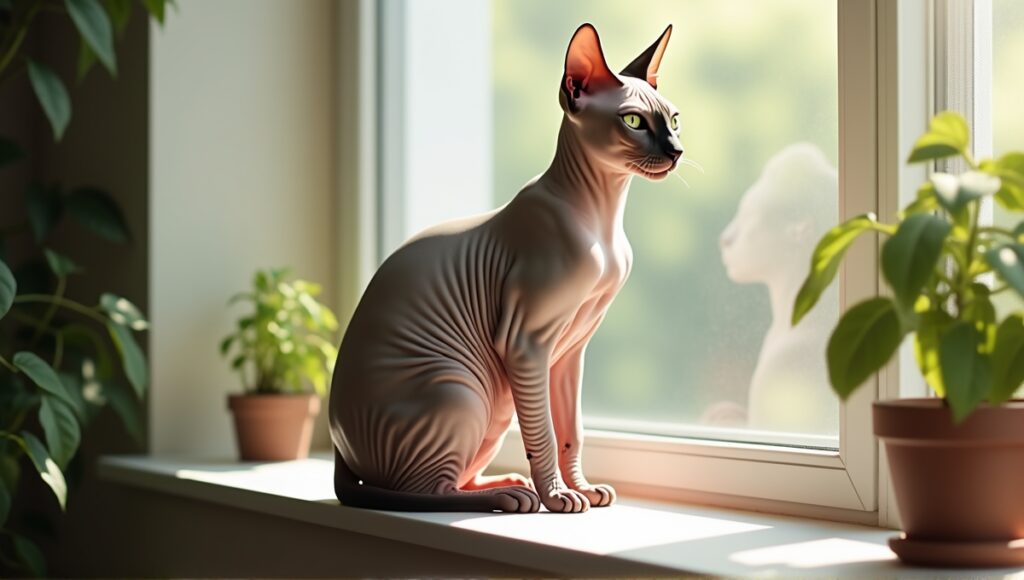
Sphynx cats don’t have fur, so you can see their skin and the pigmentation it produces. And the texture of their skin differs. Some have completely smooth skin, while others have a slight peach-fuzz texture to their skin.
Sphynx cats boast a wide variety of eye colors. I’ve seen Sphynx cats with bright blue eyes and others with deep copper eyes. Interestingly, Sphynx cats can even have heterochromia. Heterochromia is a condition where each eye is a different color. This is yet another interesting characteristic that makes Sphynx cats so unique.
The color of a Sphynx cat’s paw pads and nose leather usually corresponds to the overall color of the cat. For example, a black Sphynx cat tends to have black paw pads and nose leather.
The temperature can affect the color of a Sphynx cat’s skin. When it’s warm, the skin can lighten up, and you may notice a slightly darker skin color when they’re cool.
If you want to learn about other hairless cats, check out our hairless cat breeds guide.
Sphynx Cat Color Genetics
The genetics of Sphynx cat colors is complicated. Most basic color inheritance patterns adhere to Mendelian genetics, where some colors are dominant and others are recessive.
Modifier genes also influence Sphynx cat colors by controlling how the pigment is dispersed and the intensity of pigment in certain areas.
For breeders interested in certain colors, keep in mind:
- White is often dominant over other colors
- Pointed patterns require two copies of the recessive gene
- Tabby patterns can be “masked” by solid colors but still genetically present
Caring for Different Colored Sphynx Cats
Skin care is important for Sphynx cats regardless of color. However, there are a few color-specific tips.
Light-colored Sphynx cats are more likely to get sunburned. If you have a light Sphynx cat, be mindful of how much sun exposure they get. Dark-colored Sphynx cats may show dirt more than other cats.
All Sphynx cats require regular baths. It’s essential to bathe Sphynx cats weekly to remove the oil on their skin.
If you observe any changes in your Sphynx cat’s pigmentation, it’s best to talk to a vet. While most changes in pigmentation are harmless, they can sometimes indicate health problems.
If you want more information on hairless cats, consider reading about the Donskoy cat breed or exotic cat breeds.
Wrapping Up
Sphynx cats come in a variety of colors and patterns. Their interesting look is the result of intricate genetics that impact pigmentation in the skin, eye color, and even paw pads. Just keep in mind that light Sphynx cats require additional sun protection. Meanwhile, dark Sphynx cats may alter their hue depending on the temperature. Regardless of color, all Sphynx cats require weekly baths. And that’s all you need to know to enjoy the diverse world of these fascinating hairless cats.


